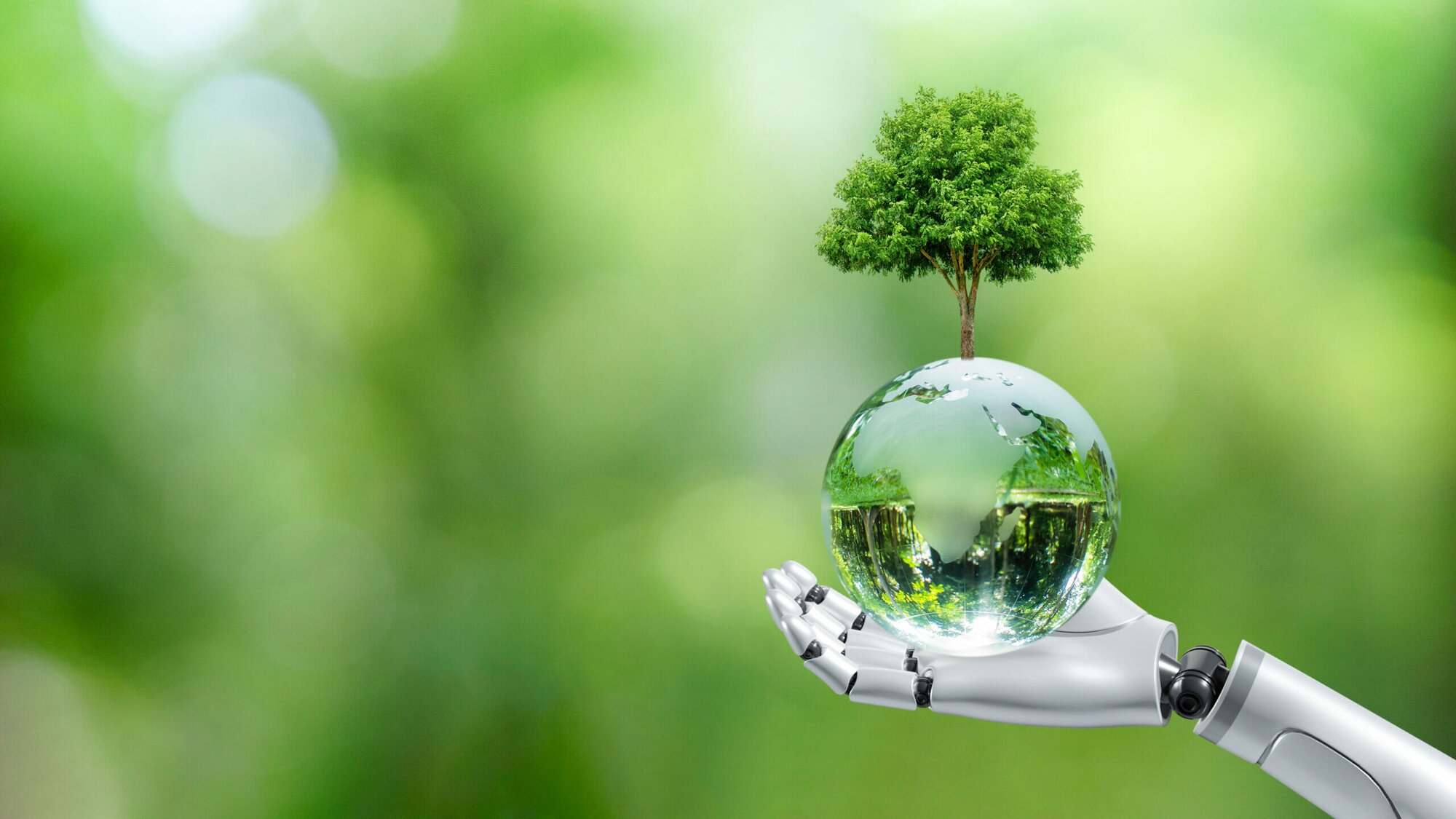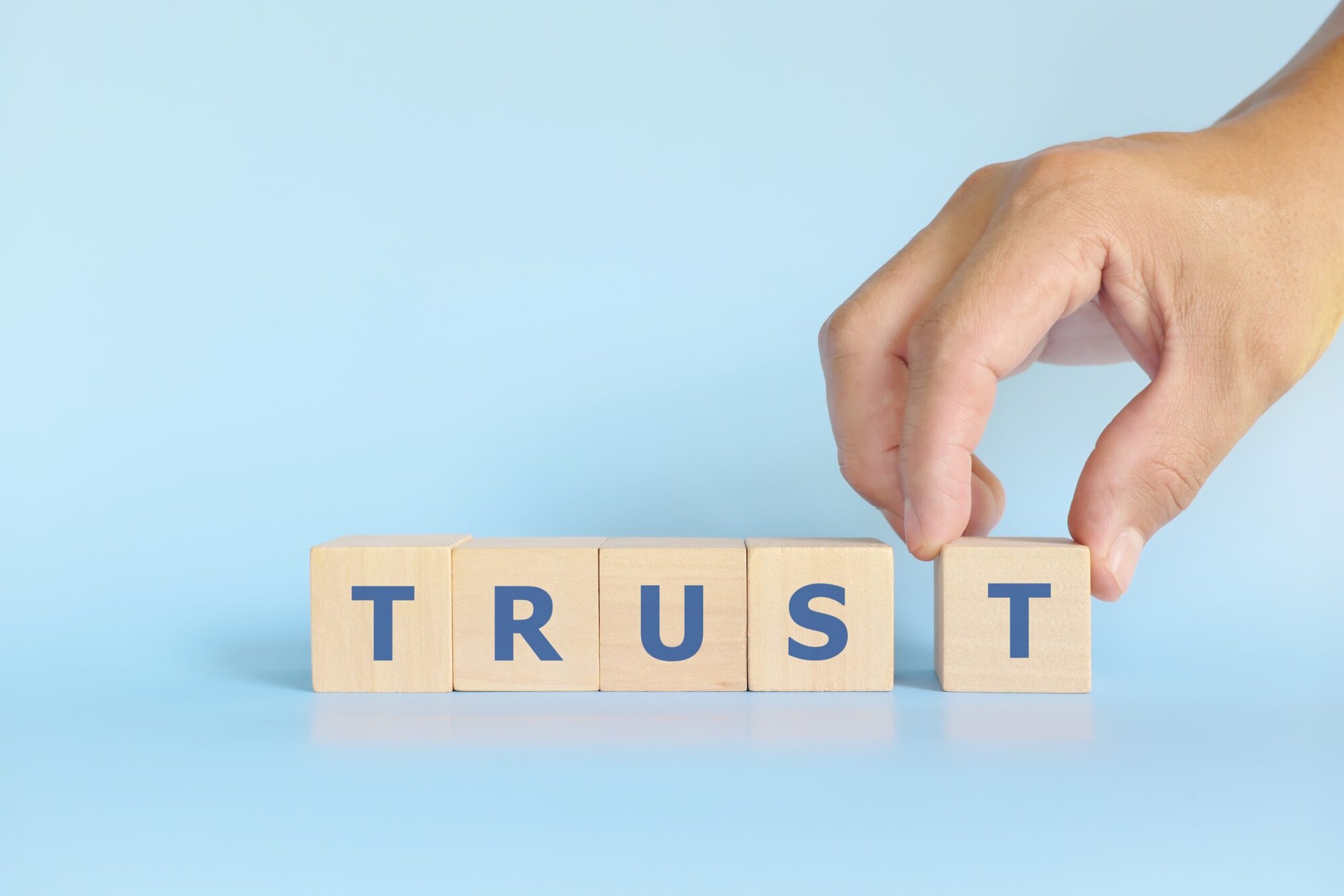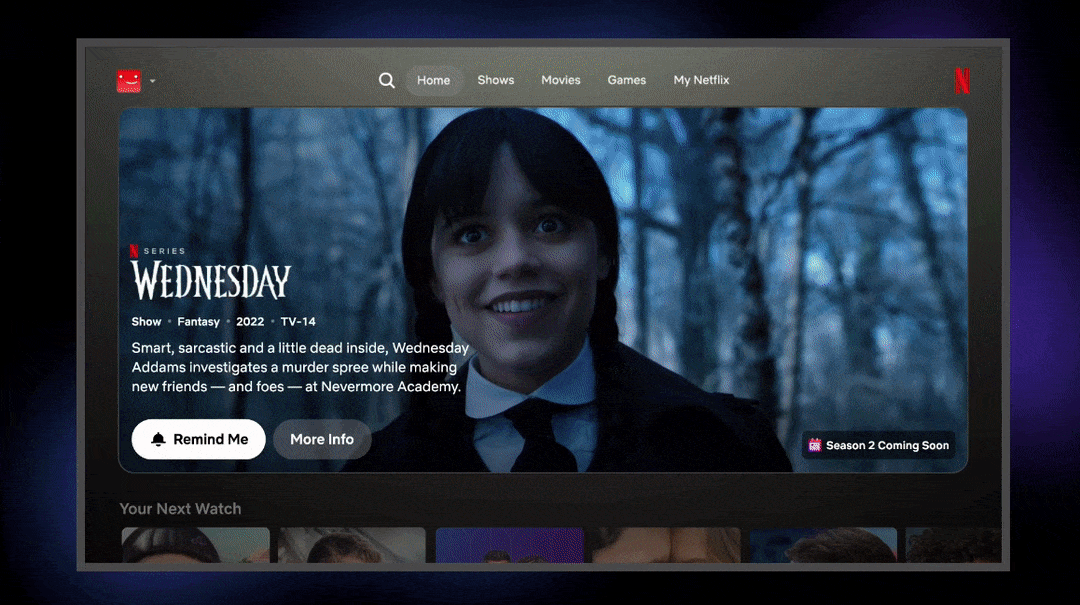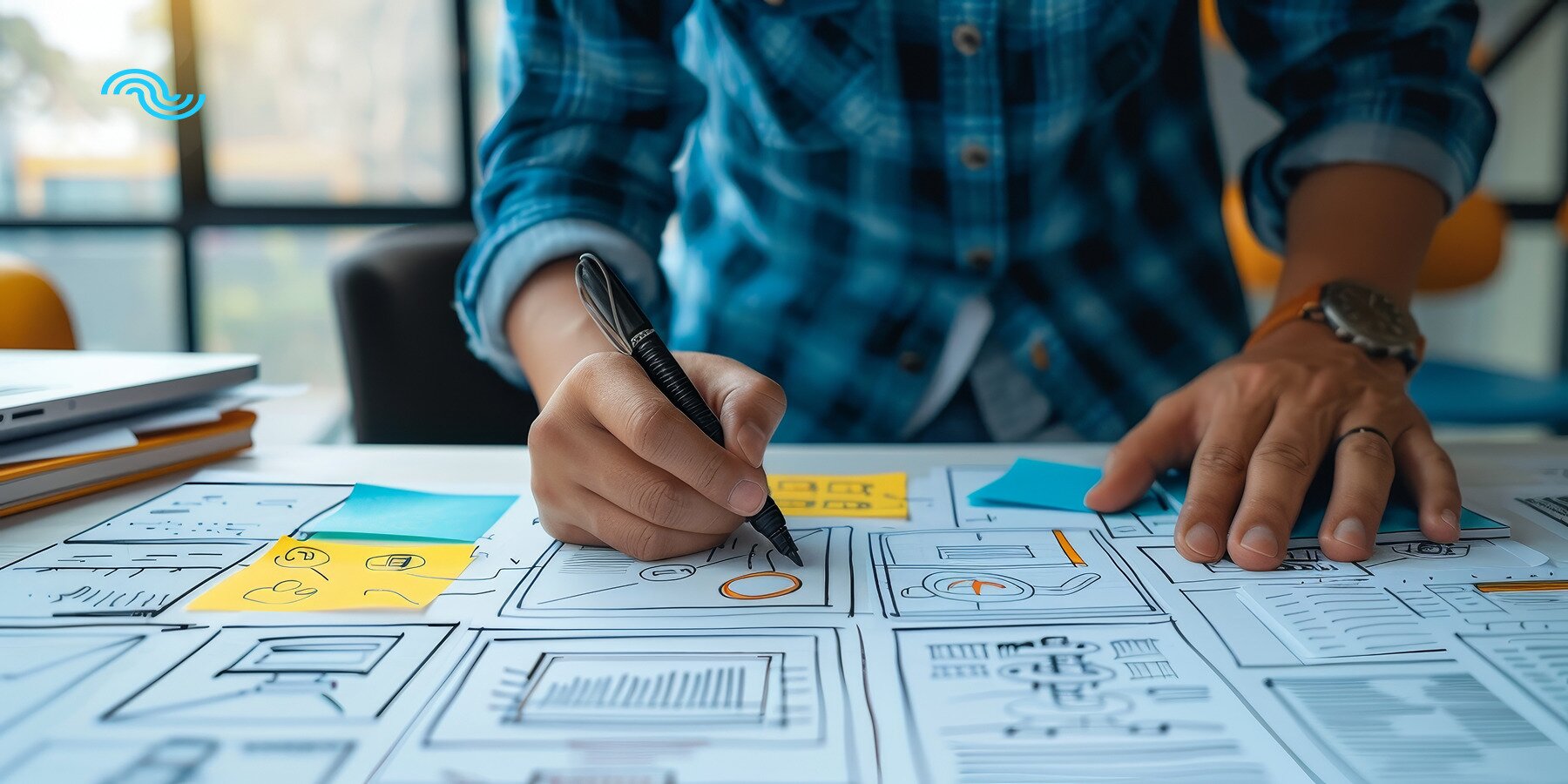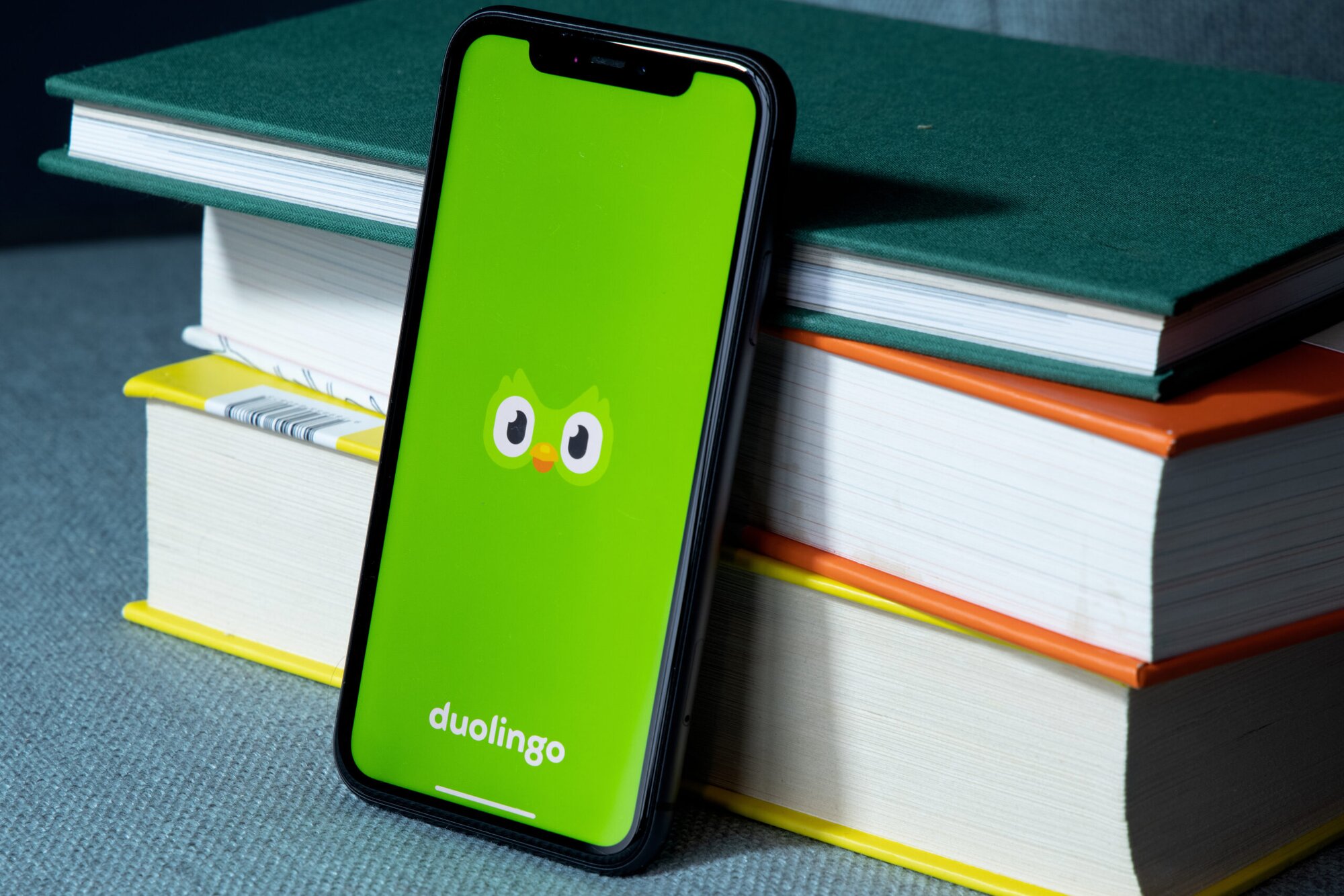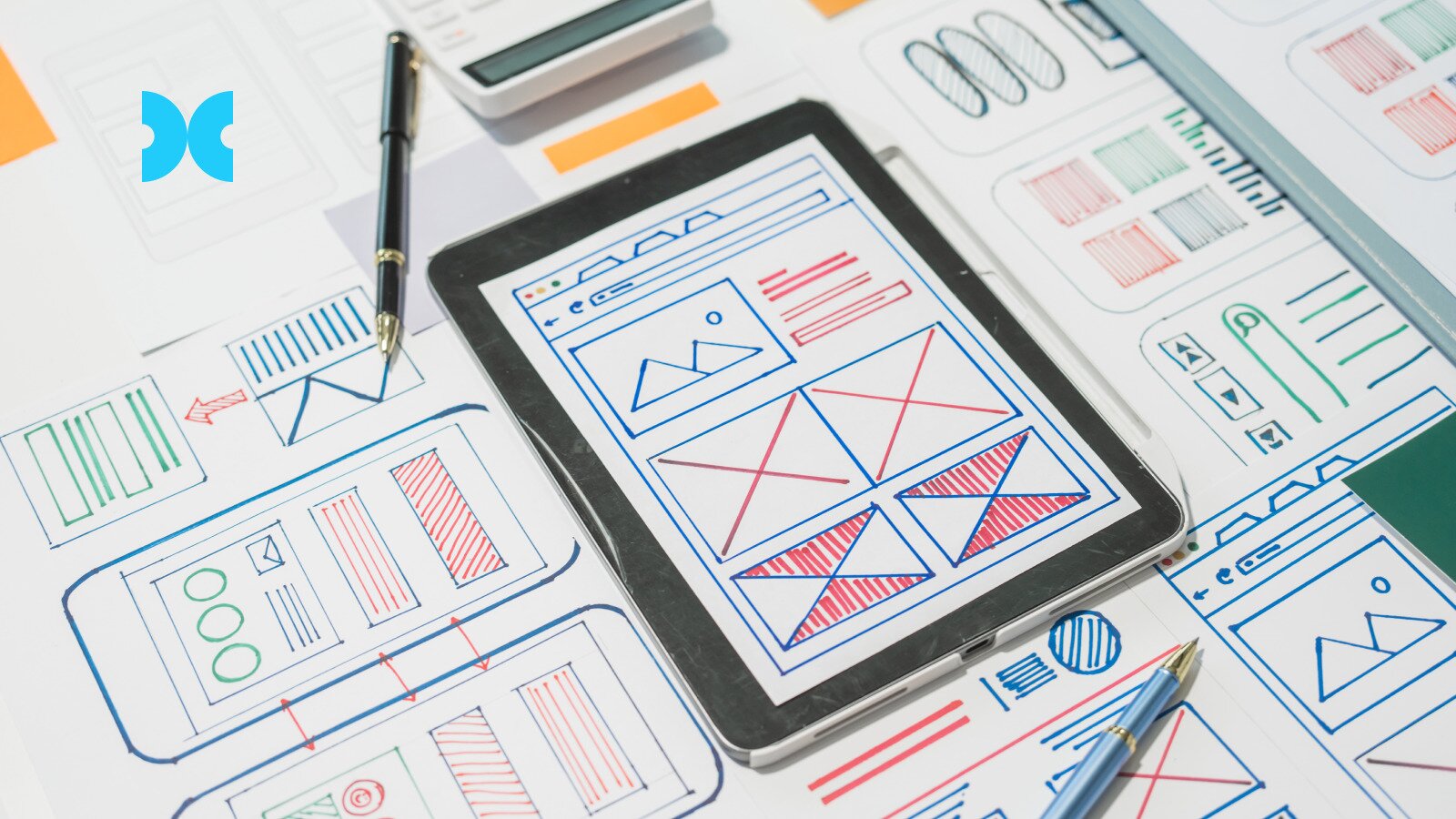Product designers, UX designers, information architects – whatever title you choose for them – are the product people with responsibility for user experience. They play an essential role in shaping a product. How do they work to best effect with product managers? What do they want from their relationship with product management, and what in reality do they get?
We talk to some friendly product designers from around the globe to get the lowdown on how they think product and UX can and should be working together.
In brief:
- Product designers are advocates for user centricity, their remit is to design a clear and understandable solution
- They see product managers as more focused on the overall success of the product
- A sense of equal partnership is important for the relationship between product management, design and engineering to work successfully
- Product designers need to work at understanding the needs of the business
- Clear communication and robust feedback are vital to a successful relationship between product management and design
How do product managers and product designers work together?
First things first, who typically does what? In the past product managers used to hand off the product to product designers after the requirements were set, but now product designers tend to work with the product team throughout the product development process.
Simran Kaur works for e-commerce company Rakuten in Tokyo, and has been a product designer for about five years. Her job, she says, is to create customer journeys, wireframes and layouts. She does user research, usability testing, and “really focuses on and advocates for user centricity”. “To do that, I collaborate with product managers, project owners, and all the different product and engineering people who have alignment for the product and the business goals.” Product managers, she says, are focused on data and KPIs.
A former product manager, Romit Soley is now a senior product designer at Zetwerk in India. He says there’s a clear line between the responsibilities of a product manager and product designer. He adds: “Product managers are responsible for overall success of the product, and for coordination between different departments and stakeholders. They also define requirements and prioritise features.”
As a product designer Romit says his remit is to design a clear and understandable solution, deliver the right information in a transparent way to engineers, and to do design QA to ensure the quality of the solution and that it is implemented in the right way. Product designers have the final decision on the design of the product, product managers are responsible for the overall success of the product.
What do designers need from product managers to design to the best effect?
Another one-time product manager, Varun Thota is Lead Product Designer at Tray.io, and until recently was Product Design Lead at Seek Asia. He says that a big part of the work of how product designers and managers work together is driven by an organisation’s culture. “The best way is as a partnership,” he says, “as a product designer you want an equal partner in product and an equal partner in engineering. Those three concentric circles of business, user and technical, put together with a sweet spot in the middle. You get insights from all points of view to come up with really valuable products, and solve the real problems.”
Simran says that when she gets a problem statement, she’d like product management to explain why the requirement is there in the first place: “I’d really like a product manager to present me with data, and by that I mean user insights. Tell me the pain points of the user, what they expect, what they feel, what they think, give me an empathy map. Tell me where my users are facing a problem in using the product.”
Romit stresses that it’s important for the product roadmap and product strategy to be well explained. Robust feedback loops are also vital. If communication is poor, or user feedback is not sufficiently taken into account, then product design can’t work as an equal partner, he says.
What do product managers need from designers?
Sometimes product managers need to be given a sense of direction, because their thinking and opinions are influenced by what stakeholders want, says Simran: “Sometimes we need to route them back to the product and remind them that we're making it for the user, and not for the stakeholders. Sometimes we forget they’re not our end users.”
Romit adds that equally, designers need to show empathy to their product management counterparts: “Empathy, which is a primary facet of a designer, should not only focused on the user, but on anyone you gather requirements from.”
Varun points out that design also needs to speak the language of the business, explaining that this is something that designers don’t always do. “If we, as designers, want to be equal partners then we have to understand where the business is going. I've seen designers, at all different levels, get stuck in their design and forget about the big picture, but also forget about time.”
What commonly goes wrong in this relationship?
As with anything else, things go wrong through poor communication and a lack of feedback. Communication and feedback “make or break the relationship and a product” says Simran. “If you have the entire team involved from the start, engineers, product managers, product designers, whatever your team is, if they're involved in each step from the start, then there's less chance of conflict.”
Romit says that in usability testing, particularly when time is tight, people can forget to talk to their users and assume they know what users want. User research and problem validation may also be undervalued, he says.
Varun adds that things go wrong when the necessary robust conversations don’t happen. The organisation’s incentives may also be at odds with product design – perhaps it’s that products get out the door quickly so that product managers are only focused on delivery. “So how you measure success is different,” he says.
When it comes to design, what do the very best products have that others don't?
Every product solves different problems in different ways and they don’t all appeal to everyone.
Romit says the best products are useful, reliable, usable, pleasurable and desirable. For him, Instagram is a good example of a product that meets all these criteria.
But, as Varun says, the best products should delight their customers in unexpected, value-enhancing ways. “Slack does an amazing job of this,” he says. “For example, recently I was waiting for a colleague to join a Slack huddle and after about five minutes Slack started playing music. It was like they said, ‘Oh, we see that you're waiting. We're just going to play some chill music for you’. And that was a bit of delight.”
To sum up then, great products need a great sense and understanding of their users. Product designers are key to achieving this – they expect to focus on users and to be able to design clear understandable solutions. And to help them, they expect product managers to take overall responsibility for the product, data and business goals.


